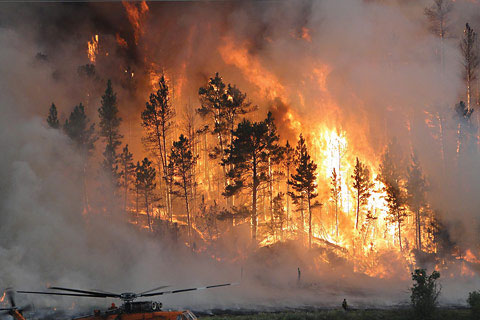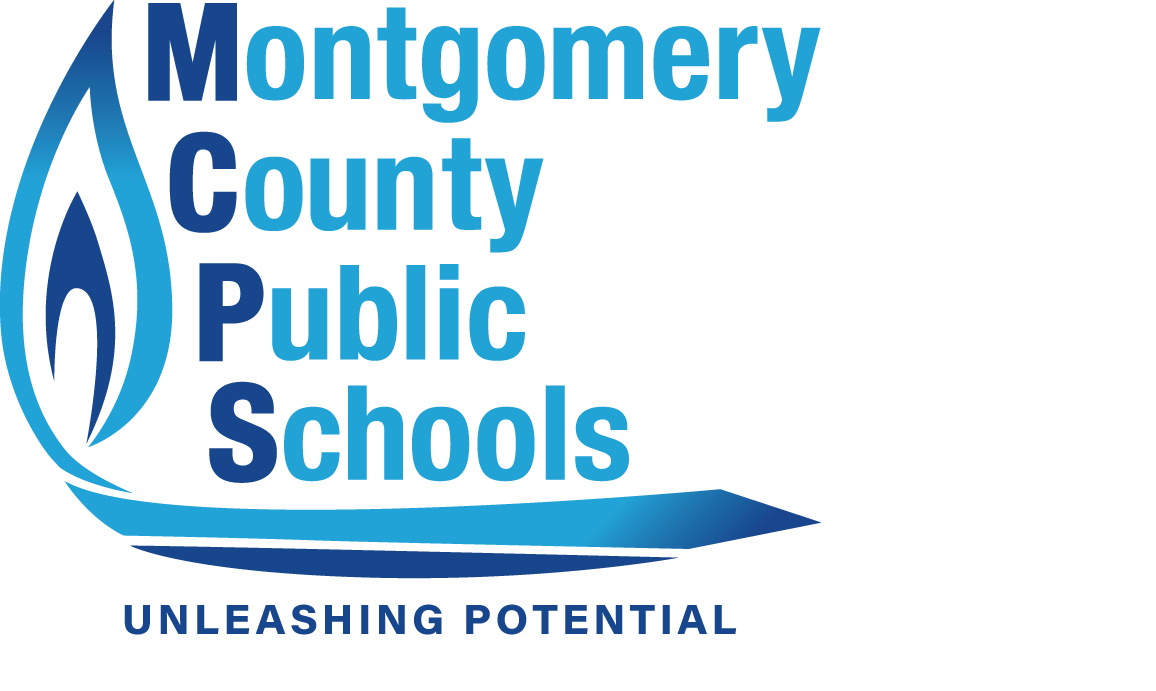Climate Change Exacts its Toll on Ecosystems

December 18, 2019
Everyday, trees are ripped from their stumps, separated from their homes to make way for construction sites, roadways, or other projects deemed necessary. This is not breaking news nor is it surprising since climate change and its effects continue to be seen and felt all over the globe.
Although climate change is a common topic of discussion, many may not understand what the term actually refers to, often confusing it with global warming, which is simply the planet’s temperature increasing. NASA defines climate change as “the broader range of changes” that are occurring in the environment. The evidence of these changes are usually covered by the media when intense tropical storms ravage coastal areas, rising sea levels affect populations, and frequent wildfires ravage forests. Earth’s ecosystems are constantly damaged by these forces, and are one of the biggest victims of climate change.
As biology class explained, numerous organisms (both living and nonliving) coexist and interact to survive, forming systems of interdependence and life known as ecosystems. Generally, when one ecosystem is harmed, the biome it resides in is also affected. National Geographic describes biomes as “large sections of land, sea, and atmosphere” in which various ecosystems can be found. Coral reefs are aquatic biomes threatened by tropical storms, while forests are terrestrial biomes affected by large wildfires. Over time, this damage will build up and lead to the collapse of multiple ecosystems. Also affected within those systems will be thousands of species which may vanish as their habitats are no longer suitable for their survival. Of course, as has been the case throughout earth’s 4.5 billion years, these ecosystems will naturally rebuild themselves. However, this process can take centuries to complete and the impacts of the devastation would have already taken their toll.
Unfortunately, some ecosystems and biomes are more susceptible than others. The United States Environmental Protection Agency (EPA) describes how climate change can cause a “cumulative impact” on areas already injured by “human stressors.” Overfishing and pollution have caused significant problems including suffocating marine animals and draining marine populations, both of which threaten the precious conditions of biodiversity. While evidence shows that humanity’s involvement has caused severe marks on the Earth’s health, people have more so advanced the natural processes of the world – in a negative way – than directly cause them, at least not all of them. Ever since the Industrial Age, factories have poisoned the atmosphere, while oil spills have severely damaged numerous marine habitats. The list of issues caused to ecosystems by humans is limitless. Yet, what can one do to alter the impact or slow the process of climate change?
While recycling and solar panels, environmentalists and scientists believe that stricter action must be taken to combat and remedy the consequences of human actions. The biggest impact, experts agree, must come from governments and influential industries.
To have a true impact on ecosystems requires a shift in the economies and societal habits of large nations such as China and the United States, especially those that consume heavy amounts of natural resources. For example, nations – including the U.S. – could protect forests through limitations on logging, and could loosen their dependence on fossil fuels by focusing on a stronger infrastructure of solar and wind energy. A shift to renewable energy as a main source would greatly impact mining and logging industries and require the participation of world leaders and governments, one country at a time. The European Union, though, have proven that such a task is not impossible especially since Britain had committed to a goal of being coal-free as an energy source. Not only does it lead to a “net-zero carbon economy” as The Guardian’s Niko Kommenda reports but it also limits further contributions to climate change.
Scientists and environmentalists alike are desperately trying to slow down the effects of climate change, both on the planet as a whole and endangered areas. Despite their studies, research, and findings, large industries and nations alike are struggling to understand the severity of the situation, and the existence at stake. As economies, societies, and governments continue to engage with fossil fuels and greenhouse gases, the more carbon dioxide is emitted. Glen Hendrix, from Medium (a social journalist platform), explains how the world’s current atmospheric carbon dioxide levels has not been this great since the Pliocene period, where “seas were 100 feet higher” and there was “very little ice” in which the carbon dioxide levels back are estimated to have been “over 400 ppm”. Hendrix estimates that humanity’s actions, if continued, will lead to “475 ppm by the year 2043”. In this context, many advocates of the earth appreciate the deliberate action of one citizen when serving to protect the world whether that be as simple as picking up floating debris in a nearby pond or protesting a construction project. As National Geographic notes: the solutions are there, it’s just up to humanity to utilize them.













































